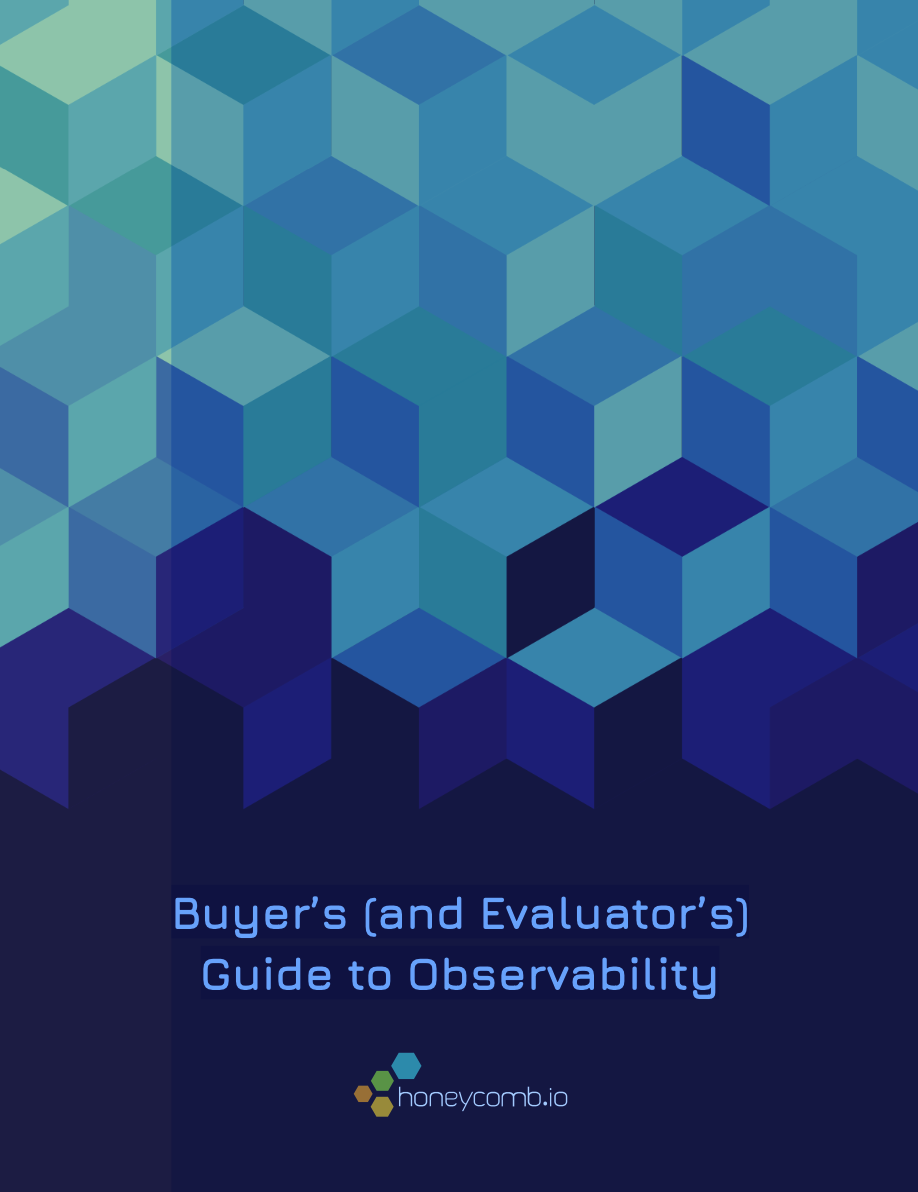Buyer’s (and Evaluator’s) Guide to Observability
Evaluating and selecting an observability tool can be daunting. You need to approach evaluation with a solid understanding of the outcomes you ultimately want to achieve. When vendors tell you it’s possible to ask any new question of your system and get fast, reliable answers, how do you know they’re going to deliver on that promise? Different tools are designed for different purposes across the software engineering lifecycle.
Perhaps you are actively using a monitoring tool if you are dealing with any level of system complexity. You may have invested in a logging or APM tool to proactively run queries to better understand availability, performance, and rate of errors. Log management tools give you the ability to search when something needs deeper investigation but you really have to know what you are looking for. If you are down the path of understanding how end-users interact with your code as you scale and ship updates, you may be off to a great start. Are you handling incidents in the most efficient way or do you burn cycles figuring out the source of problems with time to resolution taking longer than you’d like?


